Ever since human beings shifted their gaze upwards towards the stars, they have yearned to bring them closer. With the invention of the telescope by Galileo Galleli in the first decade of 1600, this dream became a reality. With a magnification of 10 to 20 times than that of the naked eye, these telescopes not only helped with astronomical observations but also brought the world closer. The first binocular were literally two telescopes stuck together in a parallel arrangement. These binoculars existed for years without significant modifications and were known as the Galilean Binoculars. Because of their design, these early optical devices had limits when it came to things like magnification, focus, the field of view, and even ergonomics. They were often poorly powered and also cumbersome to handle.
All that changed in the late 19th century with the invention of the Prismatic Binocular. Instead of using the length of the tube between the objective glass and the eyepiece of the binocular to focus the image, these new binoculars used two prisms in each tube to direct and focus the path of light. This innovation allowed the binoculars to be of a much smaller size without affecting their performance. It also allowed the size of the objective glass and the magnification to grow freely without making the binoculars huge in size. Although modern binoculars have a lot of innovative optics technology within them, this basic prismatic design principle has persisted to this day.
Main hubs of Binoculars production
These days binoculars have become such commonplace items that not many of us question where they are made. In the past, the majority of binoculars were produced in European countries. After World War II, however, Asia became the production hub for the world and a lot of European companies shifted their operations and production lines to Asian countries. Japan, for instance, became one of the biggest binocular producers. After 1991, many countries discontinued their productions of binoculars and only a handful of countries continue to produce binoculars today. In this article, we will take an in-depth look at all the countries producing binocular devices and the companies involved in the process.

Binoculars made in Germany
German companies have always been the leading manufacturers of binoculars. Companies like Carl Zeiss and Leica Sport Optics have always spearheaded the innovation in binocular technologies since the 19th century. In the rest of this section, we will focus on some of the iconic German manufacturers of best binoculars up to date.
Zeiss Sport Optics
Carl Zeiss, a German optician, founded the Zeiss Optics workshop in 1846, the company is still in existence as Carl Zeiss AG even after 180 years. Not only that, Zeiss Optics is one of the premier manufacturers of high-end binoculars in the world. They have numerous patents to their names and are still considered the class-leading innovators in the field of high-performance optics.
Zeiss began by manufacturing telescopes in the early days of the company. It then slowly moved into other optical territories such as spectroscopy, industrial metallurgy, lithography optics, military optics, cameral and cine lens, etc. Zeiss started manufacturing binoculars in the late 19th century when they patented the prismatic binocular in 1894, creating a whole new class of binoculars and stressing the advantage of a greatly enhanced stereoscopic views. Up to that point, most binoculars were made following the Galilean design by simply sticking two telescopes together. The prismatic binocular was a revolutionary step in design and also enabled Zeiss to manufacture much more compact and efficient binoculars than its competitors.
The firm has also had various illustrious employees who have greatly contributed to the field of optics throughout the 19th and 20th centuries. Two such employees were Ernst Abbe and Albert Koenig. They together developed the ‘Abbe-Koenig Prism‘ system for binoculars, which are a subtype of Roof prisms. Compared to the Schmidt-Pechan prismS, Abbe-Koenig prisms are more difficult to manufacture and provide a better light transmission rate. Roof Prism binocular is more compact than Porro prism one because of a different alignment of the prism inside the body of the binocular.
After the invention of the Roof Prism, more innovations by the company were to follow and it culminated in 1969 with the introduction of pocket binoculars, the ZEISS 8×20 millimeters could be folded small enough to fit into a pocket. Another high point was when the Zeiss 20×60 millimeters came on the market in 1990 with its revolutionary image stabilization technology. The Victory® FL introduced in 2004 reduced color aberrations as never before thanks to fluoride in the lens, and in 2012 the Victory® HT offered light transmission of more than 95% for the first time ever (1).
In the binocular market, Zeiss Optics had always catered to the high-end user who preferred performance optics of the highest standards. Most of their cutting-edge optics were produced in Wetzlar, Germany which is dubbed the City of Optics. However, keeping up with the competition and the advent of various Asian manufacturers, Zeiss has somewhat adapted to the mainstream trend as well. They decided to shift some of their Hungarian production lines to Mexico to reduce labor cost and introduced affordable Zeiss Terra Models of binoculars that are manufactured in China.

Binoculars made in Germany – Zeiss Optics
Leica Sport Optics
Leica Camera AG is another German giant that is known around the world for its camera lens and other high-end optics. Leica was founded by Ernst Leitz in 1869. Leica first started manufacturing binoculars around 1907. Since then, they have steadily captured the imagination of amateur and professional observations alike with their high-performance but compact binoculars.
Leica’s binoculars are unique in the market as they not only combine the best performing glass but also include innovative technologies such as a laser range finder or an integrated multifunctional ballistic computer. In fact, Leica has been the leader in the LRF market (rangefinder binocular) for over 25 years. With the release of the GEOVID HD-B 42 model in 2013, they revolutionized the binocular market. Geovid binocular is specifically designed for hunting purposes and boast the patented Perger-Porro prism system which gives them a flawless optical performance on top of other innovative features. Now in 2020, the Geovid 3200.COM will set new standards in terms of range finding, combining outstanding ballistic precision and also performance with the newly added Bluetooth functions.
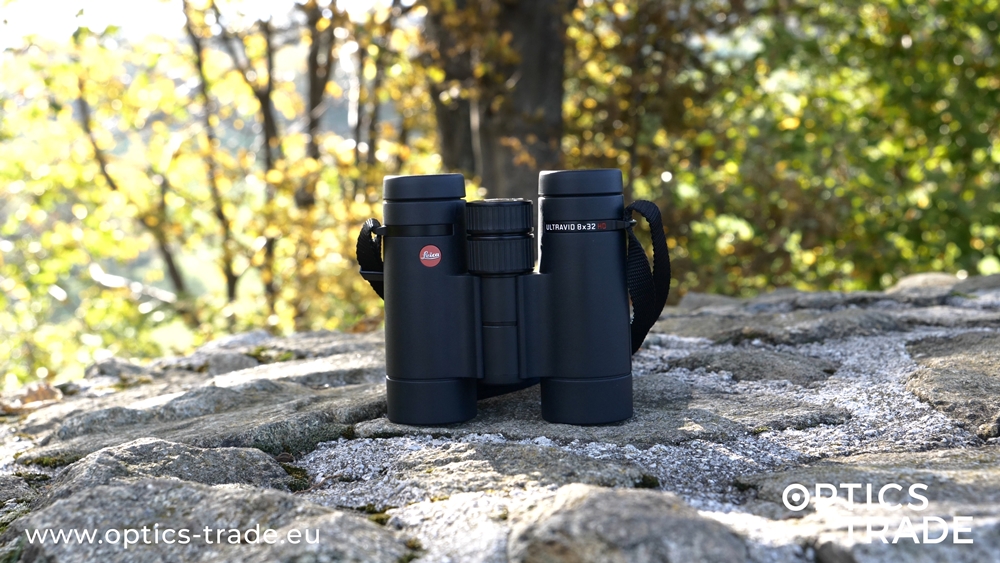
Binoculars made in Germany – Leica Optics
Steiner Sport Optics
Steiner is another German precision binocular manufacturing company that caters to the needs of a wide range of users – hunters, adventure seekers, marine and also military users. Steiner also has a contract with the official German Military for equipping them with field binoculars and other types of tactical optics.
Steiner has both Porro prism models and roof prism models in their offer. The Porro prism models generally have a better field of view and give greater depth of perception. These models often have individual eyepiece focus capabilities that make Porro prism perfect for military and also law enforcement purposes. On some cheaper models, Steiner does not provide information on where the binocular devices are produced.
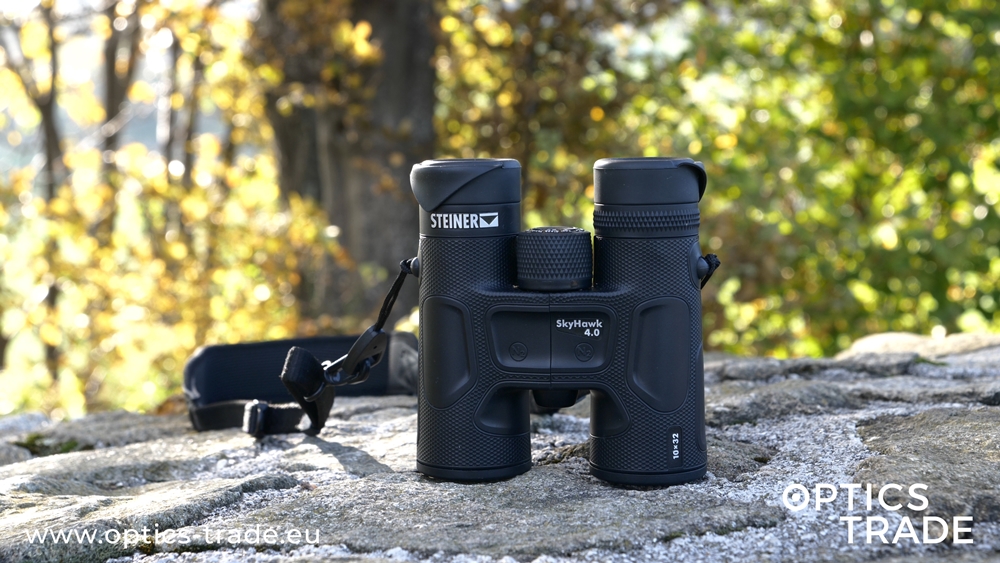
Binoculars made in Germany – Steiner Optics
Noblex
Noblex GmbH is another German Binocular manufacturer that specializes in sports optics. The firm started its production using the line of Carl Zeiss in Jena and later Eisfeld in Thuringia. Its model portfolio today consists of various high-quality performance optics combining classic products such as binoculars and telescopic sights with modern optoelectronic devices.
In 2018, Noblex GmbH acquired Docter Optics and laid out a strategic foundation with its parent company Analytika Jena Group. This way it has allowed the firm to be at the forefront of producing cutting-edge sports optics for hunting and also various other observational activities.
Noblex (ex Docter) is famous for its Abbe-Koenig Prism binocular devices that are more affordable than its competition. Some of Noblex’s production facilities are located in China established production lines in China, further lower the price of its binoculars.
Optolyth
Optolyth sports optics are one of the very few mid-sized optics manufacturers in Germany. The company boasts a 100% Made in Germany philosophy and has created a niche for themselves in the market of hunting, shooting, hiking, and also nature observation.
They have three ranges of binoculars, namely the ViaNOva, the Royal, and the Sporting binoculars. Almost all of their binoculars feature the Abbe-Koening Prism system which provides sharp image even in low light situations.

Minox Sport Optics
Minox is another popular German manufacturer which specializes in creating high performance, hunting, marine, birding, and shooting scopes. Minox was founded in 1936 and became famous all over the world for its renowned miniature spy camera.
These binoculars are ‘Made in Germany’ – the production line is located in Wetzlar. In late 2019, the firm was acquired by the Blaser Group.
Blaser Sport Optics
The Blaser Group is one of the world’s leading manufacturers in the hunting and also outdoor industry. It comprises Blaser, Mauser, Sauer & Sohn, Rigby, and Blaser Group Wetzlar. Blaser Sports Optics, a part of the same group, is primarily a firearm manufacturer from Germany who has jumped into the binocular market recently.
Blaser produces high-performance hunting scopes and binoculars. Despite being the new player in this field, Blaser has carved out a niche for themselves in the hunting binocular market. They acquired Minox optics in late 2019, making themselves even more competitive within the industry.
Along with the acquiring of Minox, the parent group of Blaser Optics also acquired Optronik GmbH who used to produce top-notch Premier Reticles riflescopes. Together, these two companies formed GSO (German Sports Optics).

Binoculars made in Austria
Swarovski Sport Optics
Swarovski Optik is part of the Swarovski group of companies and has its headquarters in Absam, Tyrol. The Austrian company, founded in 1949, specializes in the development and production of best premium long-range optics. These include binoculars, telescopes, optronic instruments, riflescopes, range finders, and also night vision optics. The firms’s success is based on the innovation they bring to the table when it comes to the design of their products, which makes their binoculars perfect – functional as well as aesthetically pleasing. Swarovski also incorporates a philosophy of producing its products using environmentally friendly raw materials and its enduring commitment to international nature conservation projects is exemplary.
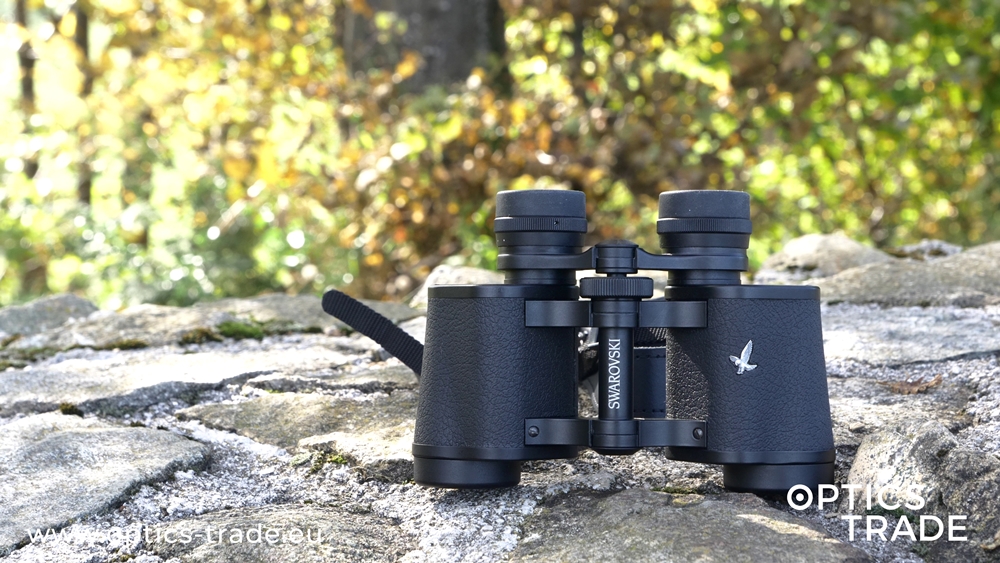
Swarovski Habicht 8×30 millimeters
Kahles
Karl Robert Kahles founded the company in 1898 in Vienna by merging the Simon Plossl Company and the Opto-Mechanical workshop of Karl Fritsch. Since then, Kahles has maintained a tradition of producing high performance and innovative optics. Today, Kahles mainly specializes in producing riflescopes.
Kahles successfully began the production of binoculars in the late 20th century. They have gradually created some special products which provide a combination of superb optical performance and rugged construction Today, Khahles no longer produces their binoculars but rebrands the existing ones sourced from Asia.
Binoculars made in Czech Republic
Meopta
Meopta traces its roots back to 1933 when Optikotechna Company was established in Prerov, Czech Republic. The firm was initially a producer of composite lens and slide projectors; however, the German Military drafted them during World War II to produce binoculars and riflescopes. After the war, apart from military deliveries, the company became one of the world’s major manufacturers of cinema projectors between 1947 and 1970.
In 1991, Meopta was privatized and remains the only optical enterprise in the Czech Republic. Its scopes are designed for hunting, bird viewing, and tactical communities around the world.
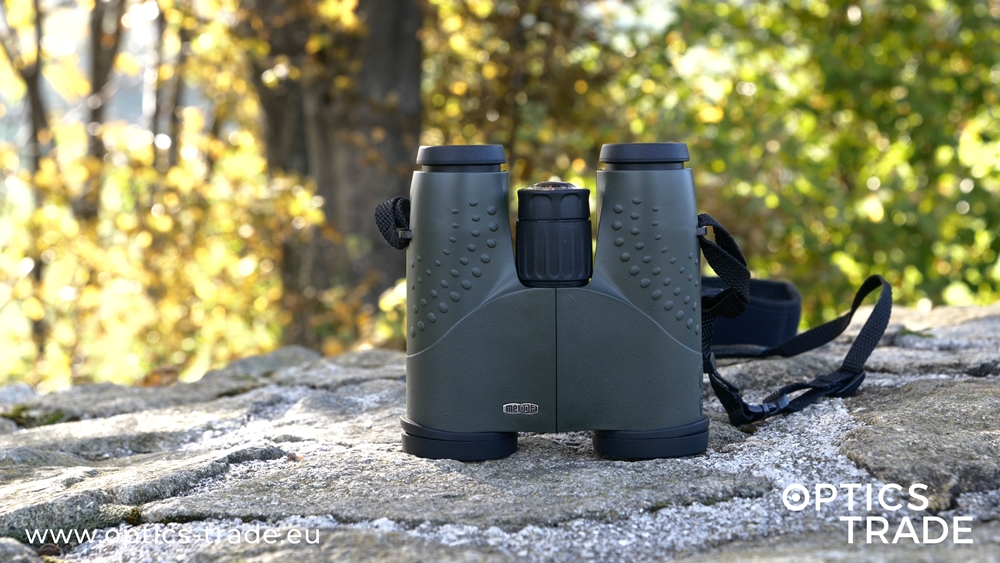
Binoculars made in Romania
IOR
Romanian firm IOR has been making high-quality optics since the mid-1930s. During World War II they produced a wide range of military optics. When Romania was absorbed into the Warsaw Pact, IOR became a major supplier of the military forces of the East. Along with the Carl Zeiss firm, IOR supplied military-grade optics throughout the cold war era.
Currently, the company only produces one model of binoculars in various sizes, which is primarily designed for the military. The IOR B/GA series of binocular has a body made of steel and a heavy rubber armor covering. They feature Porro prism, are waterproof and nitrogen filled to avoid internal fogging (fog proof).
Binoculars made in Bosnia and Herzegovina
Zrak Sarajevo
Zrak was founded in the late 1940s in Erstwhile, Yugoslavia. The company got into the optics field in the 1950s when it started the production of dioptric glass frames and the assembly of ‘Altex’ cameras. Since then the firm has steadily created a name for itself in the optics market eventually producing high-quality military binoculars in the 1970s.
Binoculars made in Japan
Japan is one of the primary producers of high-quality binoculars after Germany. Fujii Brothers were the first binocular manufacturers in Japan, producing their first models in 1911. During World War II, the Japanese military’s giant binocular became quite famous. In fact, some of the more popular US Navy models of binoculars were based on these giant Japanese binocular designs.
After World War II, Japan became the primary producer of binoculars in the world. From 1955 on, Japan held around 95 % of the world market of binoculars. The failure of the Japan Binocular Export Projects Association in the mid-1960s led to a significant collapse of the binocular industry there. Despite that, Japan is still is one of the major producers of binocular devices in the world.
Nikon
Founded on July 25, 1917, as Nippon Kōgaku, the company was later renamed to Nikon Corporation in 1988. Nikon’s products include cameras, lens, binoculars, microscopes, ophthalmic lens, riflescopes, sports scopes and steppers used in the photolithography steps of semiconductor fabrication.
Optical glass research and production of binoculars earnestly began at then Nippon Kogaku in 1918. That same year, Nippon Kogaku exported over 15,000 prism binoculars to England, France, USA, and Russia. Since then, Nikon binoculars have been known for extraordinary value. It currently makes binocular for a variety of applications from small pocket scopes to giant telescopic one
. Nikon is the biggest manufacturer of Japanese made binoculars currently.
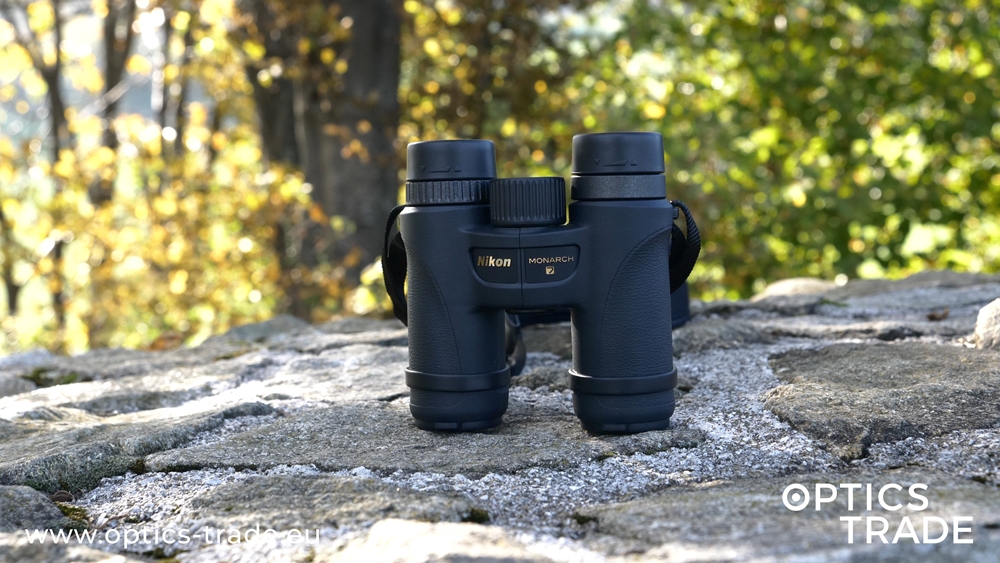
Canon
Canon began as Seiki Kogaku Kenku Sho in 1933, producing cameras by 1935 and lens by 1939. The Canon name was adopted in 1947. It has since then become a multinational conglomerate specializing in imaging and optics.
Canon’s binocular division produces high-performance scopes for a range of users from amateur observers to professional mariners. Canon is one of the first players in the binocular industry to incorporate an active image stabilization (IS) technology into its binoculars, making the viewing experience comfortable in any situation. This technology incorporates a vibration gyro mechanism that assists in canceling out the effects of user-shake or movement, allowing users to comfortably identify and easily track an object over high magnification. Many of their binoculars come with this active IS technology making them some of the best – rated binoculars in the world.
Kowa
The optics division of Kowa began producing spotting scopes in 1952. These scopes were originally developed for target-spotting in shooting matches and were the official scope for the 1964 Tokyo Olympics Games. However, once discovered by birdwatchers they gained unprecedented popularity among the community and their use gradually spread throughout the world of nature observation.
Kowa binoculars are built to withstand all types of environments, thus their design is rugged but lightweight at the same time without compromising optical quality. Their larger aperture models enjoy significant popularity in Europe and also USA.
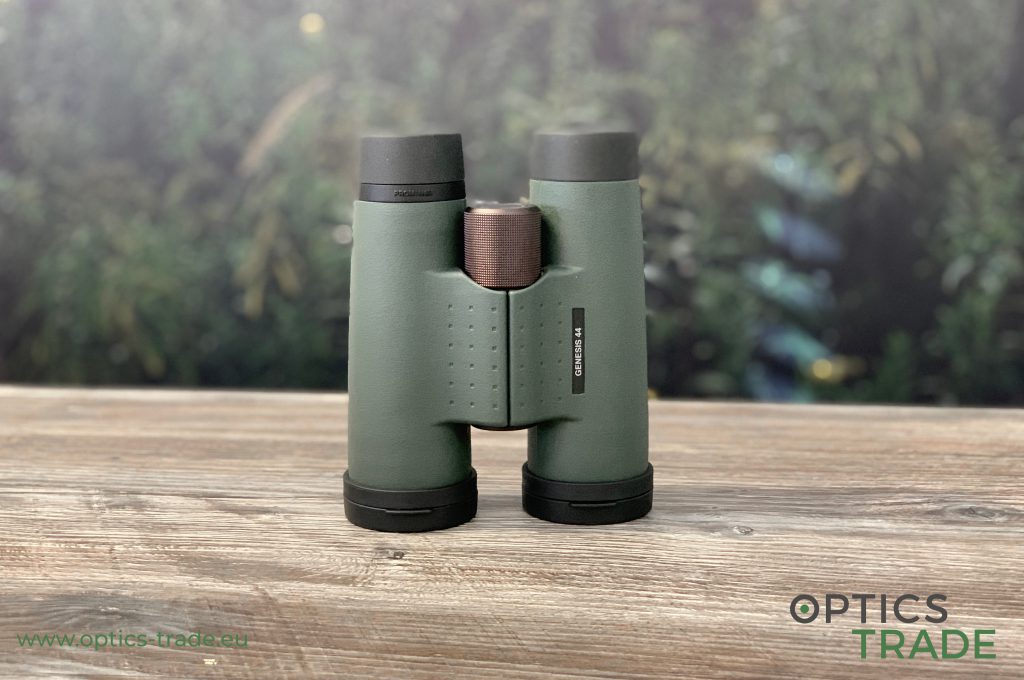
Sightron
Sightron is a company that shares its base in the US and Japan and most of its binoculars find a way into the USA market. Sightron optics are designed and engineered by a solid company in Japan, which got its start in the 1960s. Until recently, their optics were all made in Japan as well.
Sightron is well known to produce high-quality binoculars and their SII Blue Sky binocular have somewhat of a cult following among the birding community of USA.
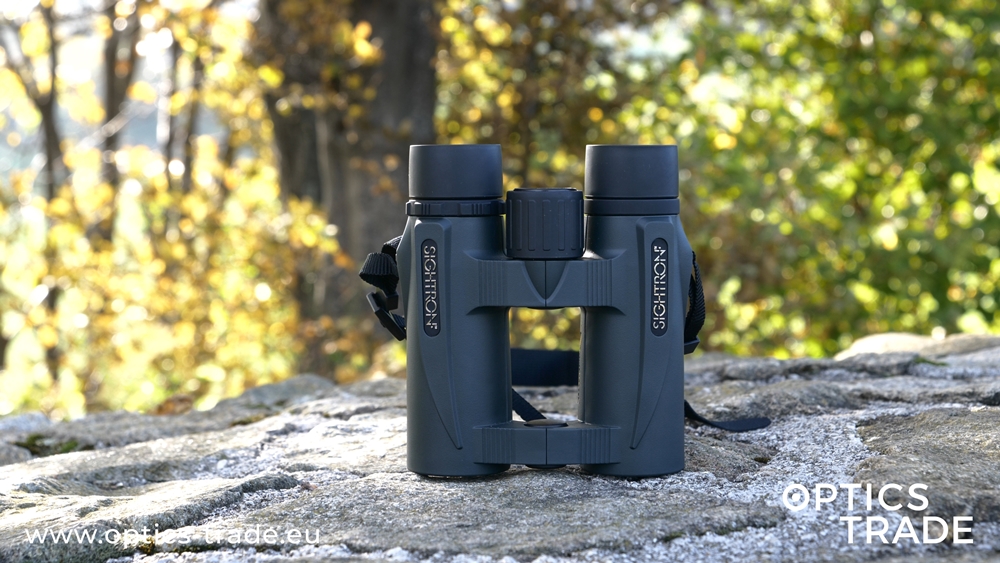
Fujinon
Fujifilm is another Japanese brand that manufactures binoculars. It is primarily famous for its cameras and film projection equipment. The company produces a full line of binocular boasting best optical performance and reliability, from high-grade models for professional users to image stabilizing binoculars, large binoculars, marine binoculars that are waterproof, fog proof, lightweight, and durable, and compact binoculars that are easy to carry.
Pentax Binocular
Pentax is a brand of Ricoh Imaging Company Ltd. which specializes in SLR cameras, interchangeable lens, and binoculars. The binoculars and all the optics associated with them are made in Japan with a specific focus on delivering the best performance in all lighting conditions.
OEM producers of Binoculars
Other than the branded producers of binoculars mentioned above, Japan also boasts a significant number of OEM manufacturers. These manufacture optical products for companies such as Vortex, Athlon, Bushnell, and many others.
Chinese made Binoculars
It would not be an overstatement to say that 90% of the world’s binoculars come from 10 to 20 factories, half of which are located somewhere in mainland China. Until the 1970s and 80s, most of the binoculars sold around the world were produced in either Germany or Japan. But since the manufacturing boom in China in the early 1990s, almost all branded manufacturers of binoculars have started shifting their production lines in China as well.
These days it is a fact that a binocular below $100 is most definitely manufactured in China. In fact, even a binocular in the range of $200 would have a significant portion of its optics manufactured and assembled in China. Due to this opulence of companies manufacturing optics and scopes, it is impossible to distinguish original Chinese brands from OEM manufacturers.
However, one thing that this surplus of Chinese made binoculars has done is that it has allowed more and more consumers to own and operate a binocular. The quality of these devices is not on the same level as those made in Japan and Europe but has got significantly better over the last few years.
Optics made in Russia
Baigish
KOMZ-Baigish was established as a Joint Stock Company in the Republic of Tatarstan in 1996. The firm specializes in the production of day observation devices: binoculars, monoculars, visual tubes, technical endoscopes, etc.
After 24 years of successful work, the company has become a regional leader in the production of optical instruments (binoculars, rangefinder) with successful experience in exporting products to more than 20 countries. Baigish binocular are the most popular Russian made binoculars in the market today.
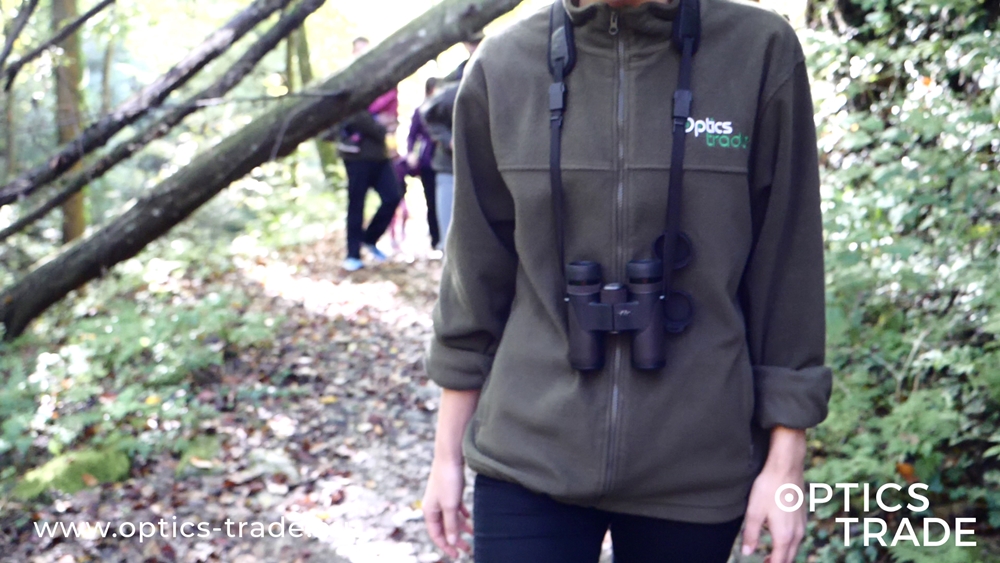
Conclusion
In conclusion, binocular production and development have undergone a lot of changes in the last century. In the last three decades, the number of countries producing binoculars has reduced significantly and today only a handful of countries still manufacture them.
Best made Binoculars
Despite the Chinese proliferation of the market, the best binoculars are still made in Germany and made in Austria. The performance of their optical technology is no match for the other mass-produced items from the Asian countries, especially from China. Despite this, with the economies of scale in effect, Chinese mass manufacturing is becoming better day by day.
American made Binoculars (USA)
Finally, we will be remiss if we do not say a few words about the USA and American made binoculars. Despite a vibrant binocular and scope market, most of its binoculars are sourced from European and Asian manufacturers. However, there still exists some small niche brands in USA supplying high-end binoculars and best scopes for hobbyists and professionals alike.

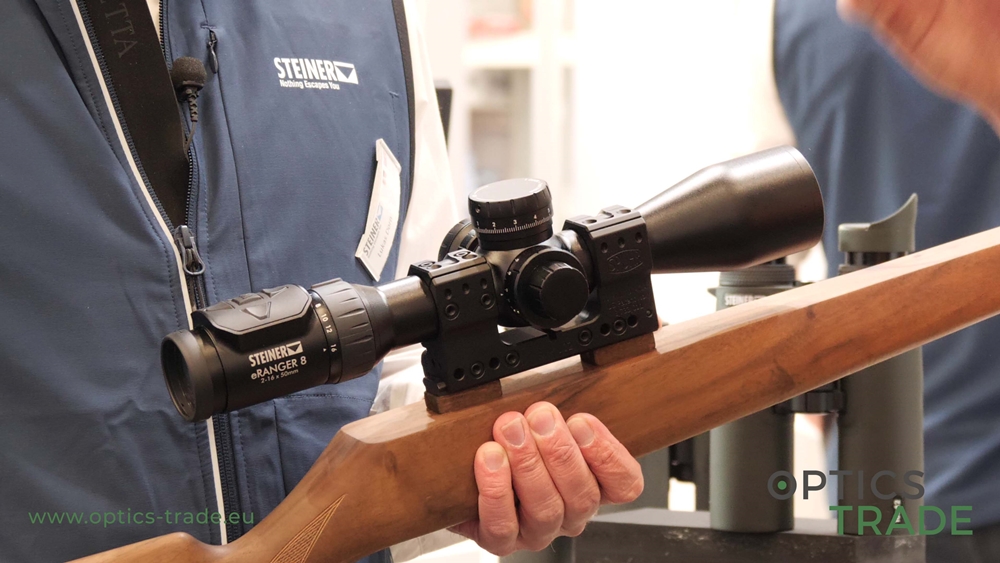
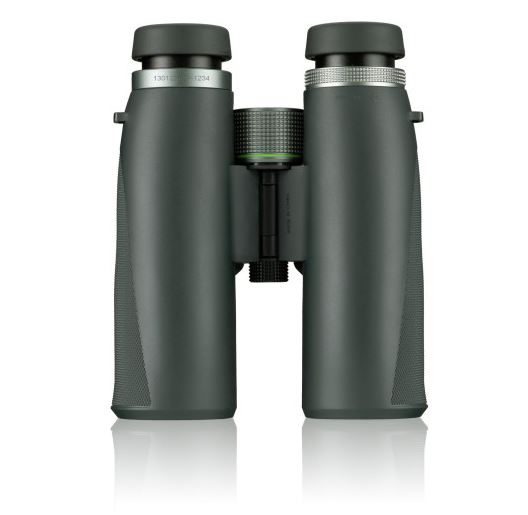


Excelent